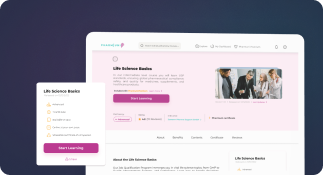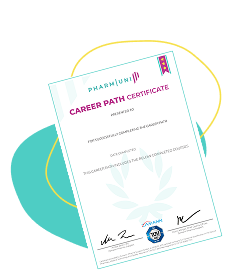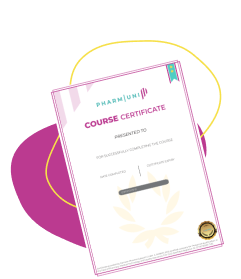Looking for foreign pharmacy jobs in the USA can feel overwhelming. Many graduates face strict FPGEC requirements, TOEFL scores, and pharmacist licensure steps. Others wonder about NAPLEX requirements, internship hours, or how visa sponsorship works.
This guide answers those questions in clear, simple language. You will see comparisons, lists, and practical steps. Most importantly, you will discover how to avoid costly mistakes. Whether you aim for H-1B pharmacists’ positions, TN visa pathways, or industry roles, this article shows you the proven roadmap.
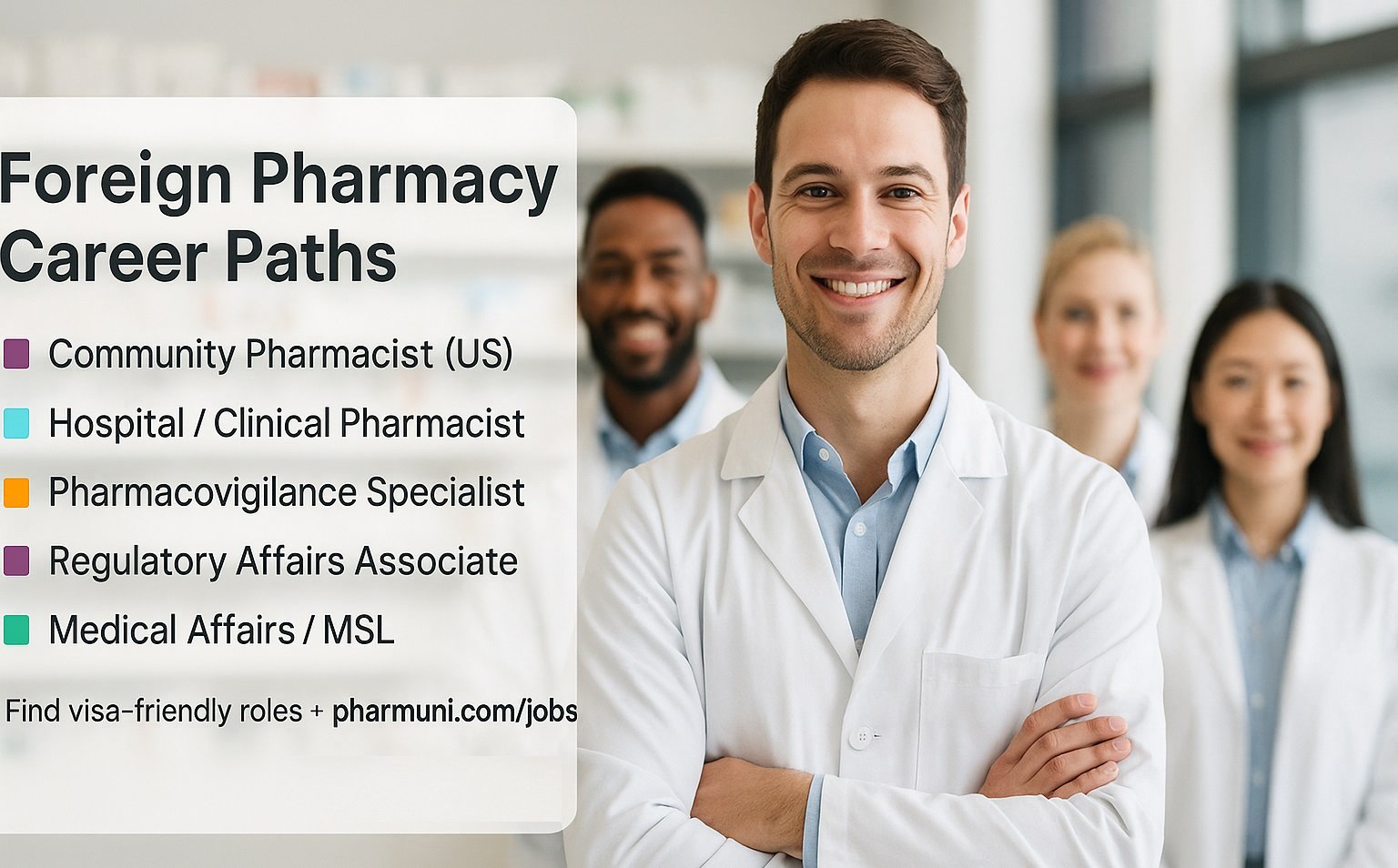
How Can You Work as a Foreign Pharmacist in the USA?
Many graduates ask how to work in the USA as a foreign pharmacist. The answer is clear: you must complete a structured process before becoming licensed. Foreign pharmacy jobs exist in retail, hospitals, regulatory affairs, and pharmacovigilance jobs. Yet, every applicant follows strict licensure steps.
The journey begins with FPGEC requirements. You submit documents for credential evaluation and meet English standards through TOEFL scores. Once accepted, you schedule the FPGEE exam. After passing, you enter internship hours under a licensed preceptor. These hours—often 1,500 or more—prove hands-on competence. The final step includes the NAPLEX exam and sometimes the MPJE exam, which both confirm clinical and law knowledge.
👉 More Info
- Core exams: FPGEE, NAPLEX, MPJE
- Language: TOEFL scores accepted
- Immigration: Visa sponsorship options (H-1B, TN, EB-3 green card)
- Work steps: Internship search + documentation
Main Categories to Master for Foreign Pharmacy Jobs
Start with ECE/WES evaluations to confirm your degree.
Study guides help you pass the FPGEE exam.
Meet English requirements for VisaScreen process.
Secure state-approved preceptor for internship hours.
Explore H-1B pharmacists or TN visa options.
Explore Your Future in Pharma
Why Do Main Objectives Matter for Foreign Pharmacy Jobs?
1- Licensure Pathway
Every pharmacist must complete structured pharmacist licensure steps. These include the FPGEC requirements, the FPGEE exam, and state board licensing. You also need internship hours that vary by state. Many states require 1,500 to 2,000 hours. During this stage, you log experience documentation carefully. Afterward, you face the NAPLEX exam and MPJE exam. These confirm knowledge of both practice and pharmacy law overview.
Failure to follow these steps delays careers. However, tools like NABP eProfile simplify tracking progress. Many candidates also complete immunization certification and MTM credentials, which make them job-ready faster.
2- Immigration Strategy
Foreign pharmacist jobs also demand visa clarity. Many use H-1B pharmacists sponsorship, while Canadians and Mexicans pursue the TN visa. Some employers support EB-3 green card petitions. Every route requires VisaScreen process approval. This step confirms language skills and education.
OPT/CPT may help international students finishing U.S. degrees. However, foreign graduates abroad must often secure sponsorship first. Visa-friendly employers are limited, so job seekers must focus applications carefully.
What Are the Best Industry Options for Foreign Pharmacy Jobs?
Clinical or Community
Foreign pharmacists often compare community vs hospital paths. Both offer stable careers. However, they differ in pace, pay, and credentials. Therefore, choose based on your goals.
Community pharmacy usually opens doors faster after licensure. Employers value clear counseling and workflow efficiency. Additionally, schedules trend more predictable in many markets. Starting pharmacist salary often ranges from $120,000 to $130,000. You must secure DEA registration for controlled substances. Moreover, USP compounding standards shape non-sterile and sterile practices. Many states also enable collaborative practice agreements. Consequently, you can adjust therapy with protocol oversight. You should add immunization certification early. It expands services and improves employability. Finally, community roles build strong patient communication skills quickly.
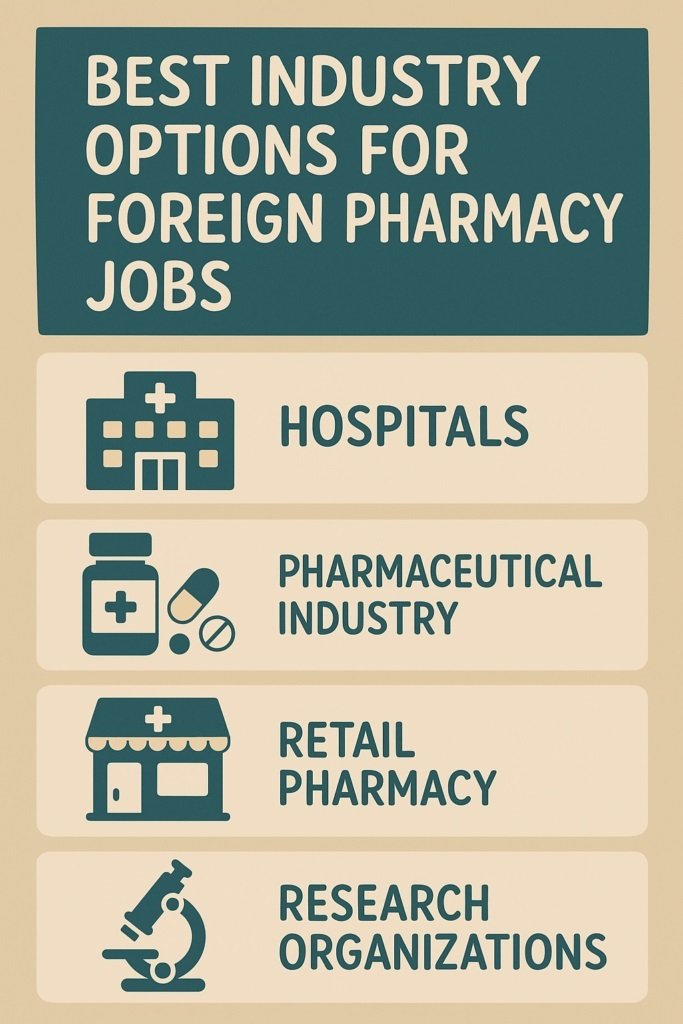
Industry and Non-Traditional
Foreign graduates also target medical affairs roles and regulatory affairs roles.
These paths use deep scientific knowledge without direct dispensing. You translate evidence, craft labels, and support launches. Salaries often exceed many community roles, especially at mid-to-large pharma.
Meanwhile, pharmacovigilance jobs are surging in biotech and CROs.
You assess safety signals, write risk reports, and brief cross-functional teams. Therefore, these tracks suit strong writers and data-driven thinkers.
Telepharmacy rules now open real remote opportunities in approved states. You verify orders, counsel patients on video, and document interventions.
adopt these tools gain high value.
Hospitals see them as innovators who bring modern solutions to complex problems.
Check out Pharmuni Career Path to find structured industry learning.
10 Key Steps Explained for Foreign Pharmacy Jobs
- Collect Documents – Prepare transcripts, degree copies, and notarizations.
- Start Credential Evaluation – Submit to ECE or WES early.
- Apply FPGEC Requirements – Create NABP eProfile and submit.
- Schedule FPGEE Exam – Book a date and prepare.
- Achieve TOEFL Scores – Aim above 100 iBT.
- Secure Internship Hours – Work under licensed preceptor.
- Pass NAPLEX Prep – Study guides and practice tests.
- Complete MPJE Exam – Focus on pharmacy law overview.
- Arrange Visa Sponsorship – H-1B pharmacists or TN visa.
- Submit State Board Licensing – Pay fees and complete background checks.
Why Do Salary and Relocation Timelines Matter in Foreign Pharmacy Jobs?
Pharmacist salary for foreign graduates is competitive. Entry levels range $110,000–$130,000 yearly. Pharmacy technician sponsorship roles pay $45,000–$55,000, often used as temporary options. Salary differences exist between community vs hospital settings. Medical affairs roles sometimes pay more, but require advanced credentials.
Relocation timeline planning is vital. FPGEC requirements, FPGEE exam, and state board licensing take time. Average applicants need 18–36 months before working as full pharmacists. During this wait, many take pharmacy law overview courses, MTM credentials, or immunization certification.
FAQs
1) How can I work as a foreign pharmacist in the USA?
First, create your NABP eProfile and review FPGEC requirements.
Then, complete credential evaluation and meet required TOEFL scores.
Next, pass the FPGEE exam and obtain FPGEC certification.
Afterward, secure internship hours through state board licensing.
Finally, pass NAPLEX requirements and the MPJE exam for your state.
2) What exactly are FPGEC requirements and the FPGEE exam?
First, you submit transcripts, licensure proofs, and identity documents.
Then, you complete credential evaluation with an approved agency.
Next, you demonstrate English proficiency with accepted TOEFL scores.
After approval, you schedule the FPGEE exam through your eProfile.
Finally, you prepare with focused FPGEE prep covering core pharmacy sciences.
3) How many internship hours do I need, and how do I find them?
Most states require around 1,500 internship hours; some differ.
First, check your state board licensing page for exact numbers.
Then, apply to visa-friendly employers and preceptors actively.
Also, tailor your pharmacist resume for clinical skills and reliability.
Finally, track experience documentation carefully to avoid delays.
4) Which visa options fit foreign pharmacists?
First, complete the VisaScreen process to verify education and language.
Many pursue H-1B pharmacists sponsorship with qualifying employers.
Canadians and Mexicans may use the TN visa category.
Some follow the EB-3 green card route with employer petitions.
Students in U.S. programs may leverage OPT/CPT when eligible.
5) What boosts employability fastest after licensure?
First, earn immunization certification and confirm DEA registration where applicable.
Then, strengthen USP compounding standards knowledge for sterile and non-sterile work.
Also, add MTM credentials and learn collaborative practice requirements.
Prepare for common interview questions with concise STAR stories.
Finally, understand telepharmacy rules and maintain clean background checks.
Conclusion
Foreign pharmacy jobs are achievable but demand structured planning. Success depends on credential evaluation, FPGEE prep, NAPLEX prep, internship search, and visa sponsorship. Many also explore alternative options like regulatory affairs roles, pharmacovigilance jobs, or telepharmacy rules.
References

Ershad Moradi
Ershad Moradi, a Content Marketing Specialist at Zamann Pharma Support, brings 6 years of experience in the pharmaceutical industry. Specializing in pharmaceutical and medical technologies, Ershad is currently focused on expanding his knowledge in marketing and improving communication in the field. Outside of work, Ershad enjoys reading and attending industry related networks to stay up-to-date on the latest advancements. With a passion for continuous learning and growth, Ershad is always looking for new opportunities to enhance his skills and contribute to pharmaceutical industry. Connect with Ershad on Facebook for more information.

Pharma Industrial Training Certificate: Career Outcomes, Jobs, and ROI (2025)
A Pharma Industrial Training Certificate can significantly enhance your career in the pharmaceutical industry. This certificate equips you with hands-on experience in Good Manufacturing Practices (GMP), documentation, and manufacturing processes—skills that are directly applicable in various pharmaceutical roles.

Certificate in Pharmaceutical Manufacturing: Complete Career Guide (2025)
A Certificate in Pharmaceutical Manufacturing gives you a fast, structured way into GMP-based production roles. You learn core topics such as GMP rules, manufacturing processes, documentation, and QA/QC. In 6–12 months, you move from theory to shop-floor skills and boost your chances of landing a stable pharma job.
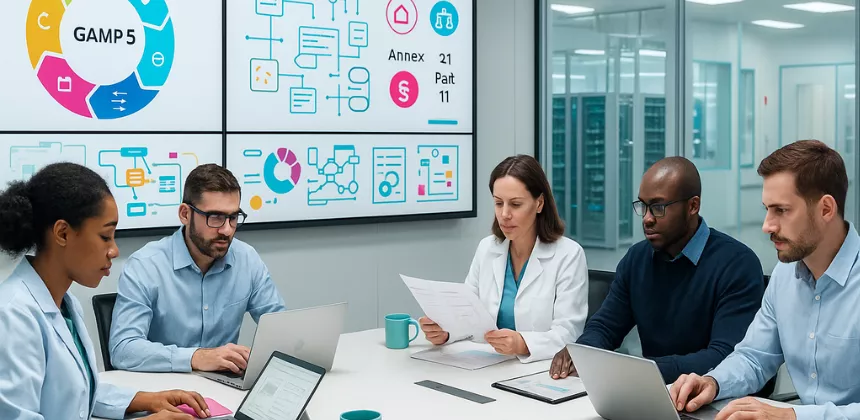
Computer System Validation in Pharma 2025 Guide
Computer System Validation in pharma keeps your digital systems reliable, compliant, and inspection ready. In this practical CSV guide for 2025, you learn core regulations (21 CFR Part 11, EU Annex 11, GAMP 5), step-by-step lifecycle activities, documentation expectations, and job-relevant skills so you protect data integrity and support safe, efficient pharmaceutical operations.
